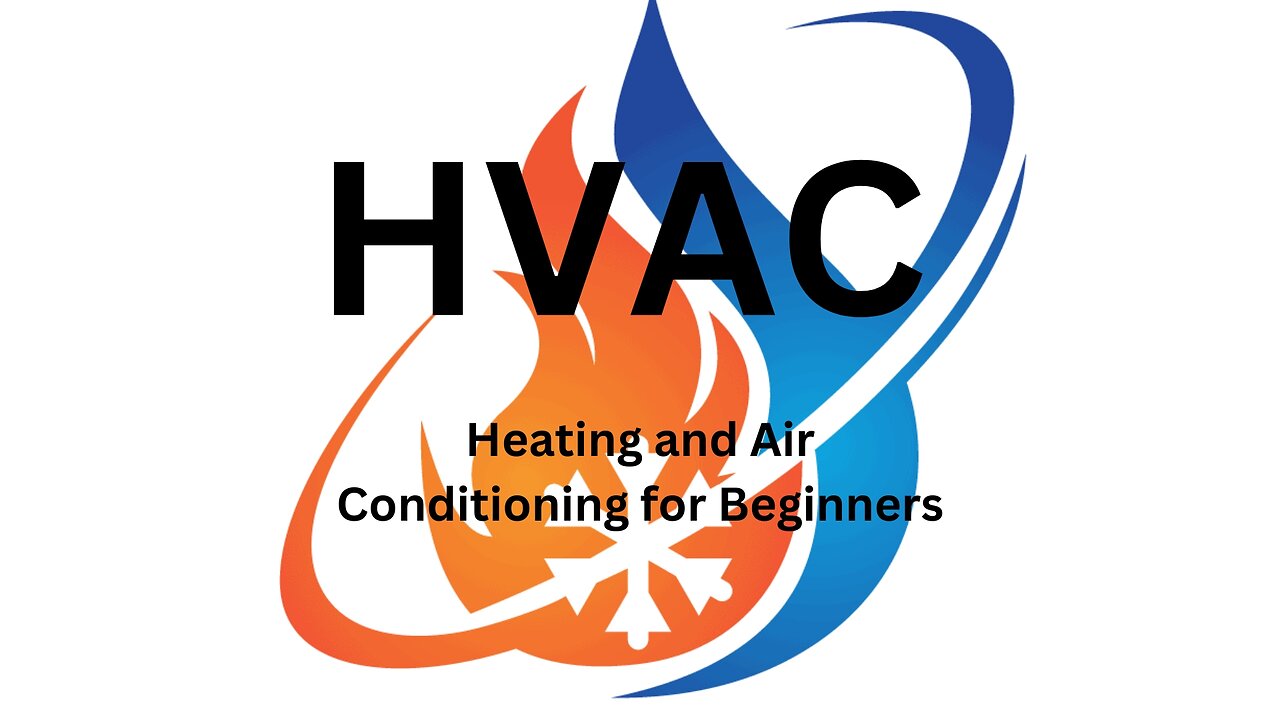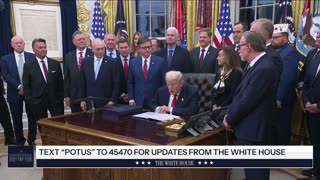Premium Only Content

the gas furnance and its internal functions paert#1
A gas furnace is a heating system that uses natural gas or propane to generate heat. It consists of several internal components that work together to produce and distribute warm air throughout a building. Here are the main internal components of a typical gas furnace:
Burner: The burner is responsible for igniting and combusting the natural gas or propane fuel. It is located within the combustion chamber.
Combustion Chamber: This is where the fuel is burned to produce heat. The combustion chamber is designed to contain and control the combustion process.
Heat Exchanger: The heat exchanger is a crucial component that transfers heat from the combustion process to the air being circulated throughout the building. It is typically a metal chamber or coils through which the hot combustion gases flow. The heat exchanger prevents the combustion gases from mixing with the circulated air.
Blower Motor: The blower motor is responsible for circulating air throughout the heating system and into the ductwork. It draws in cool air from the building, passes it over the heat exchanger to warm it up, and then distributes the heated air through the ducts.
Control Board: The control board is the central control unit of the furnace. It regulates and coordinates the operation of various components, such as the burner, blower motor, and safety devices. It receives input from thermostats or other temperature sensors and adjusts the heating process accordingly.
Gas Valve: The gas valve controls the flow of natural gas or propane into the burner. It is regulated by the control board, which opens or closes the valve as needed to maintain the desired temperature.
Pilot Light or Ignition System: In older gas furnaces, a pilot light is used to ignite the fuel. Newer models may employ electronic ignition systems, such as hot surface igniters or intermittent pilot lights.
Safety Devices: Gas furnaces incorporate various safety devices to ensure proper operation and prevent hazards. These may include flame sensors, limit switches, pressure switches, and rollout switches. They monitor conditions within the furnace and shut off the gas supply if any abnormal or unsafe conditions are detected.
Air Filter: The air filter removes dust, dirt, and other particles from the incoming air before it enters the heat exchanger. It helps maintain good indoor air quality and protects the furnace components from debris.
Ductwork: While not an internal component of the furnace itself, the ductwork is an essential part of the heating system. It distributes the heated air from the furnace to different areas of the building through vents or registers.
These are the main internal components of a gas furnace, but the exact design and configuration may vary depending on the specific model and manufacturer. It's always important to refer to the manufacturer's documentation or consult a professional for detailed information about a particular furnace model.
-
 6:00
6:00
HVAC for beginners
2 years agohvac for beginners intro
773 -
 1:19:53
1:19:53
Barry Cunningham
3 hours agoBREAKING NEWS: PRESIDENT TRUMP RE-OPENS THE UNITED STATES GOVERNMENT!
23.1K5 -
 20:47
20:47
The White House
3 hours agoPresident Trump Signs Senate Amendment to H.R. 5371
14.4K22 -
 LIVE
LIVE
Drew Hernandez
20 hours agoNEW EPSTEIN EMAIL DROP FULLY POLITICIZED
1,312 watching -
 1:44:01
1:44:01
Tucker Carlson
3 hours agoTucker Carlson on the Israel First Meltdown and the Future of the America First Movement
23K213 -
 LIVE
LIVE
Alex Zedra
3 hours agoLIVE! Phasmaphobia New Map!
470 watching -
 2:16:06
2:16:06
Laura Loomer
5 hours agoEP155: Jihad Makes Its Move On The White House
23.9K34 -
 2:18:47
2:18:47
TheSaltyCracker
5 hours agoDem's Epstein Drop Backfires ReeEEStream 11-12-25
87.2K178 -
 17:08
17:08
Demons Row
5 hours ago $2.12 earnedMost Dangerous Motorcycle Clubs That Ever Existed 💀🔥
21.2K2 -
 12:51
12:51
The Gun Collective
6 hours agoWOW! -- LOTS of new GUNS just came out!
7.99K10